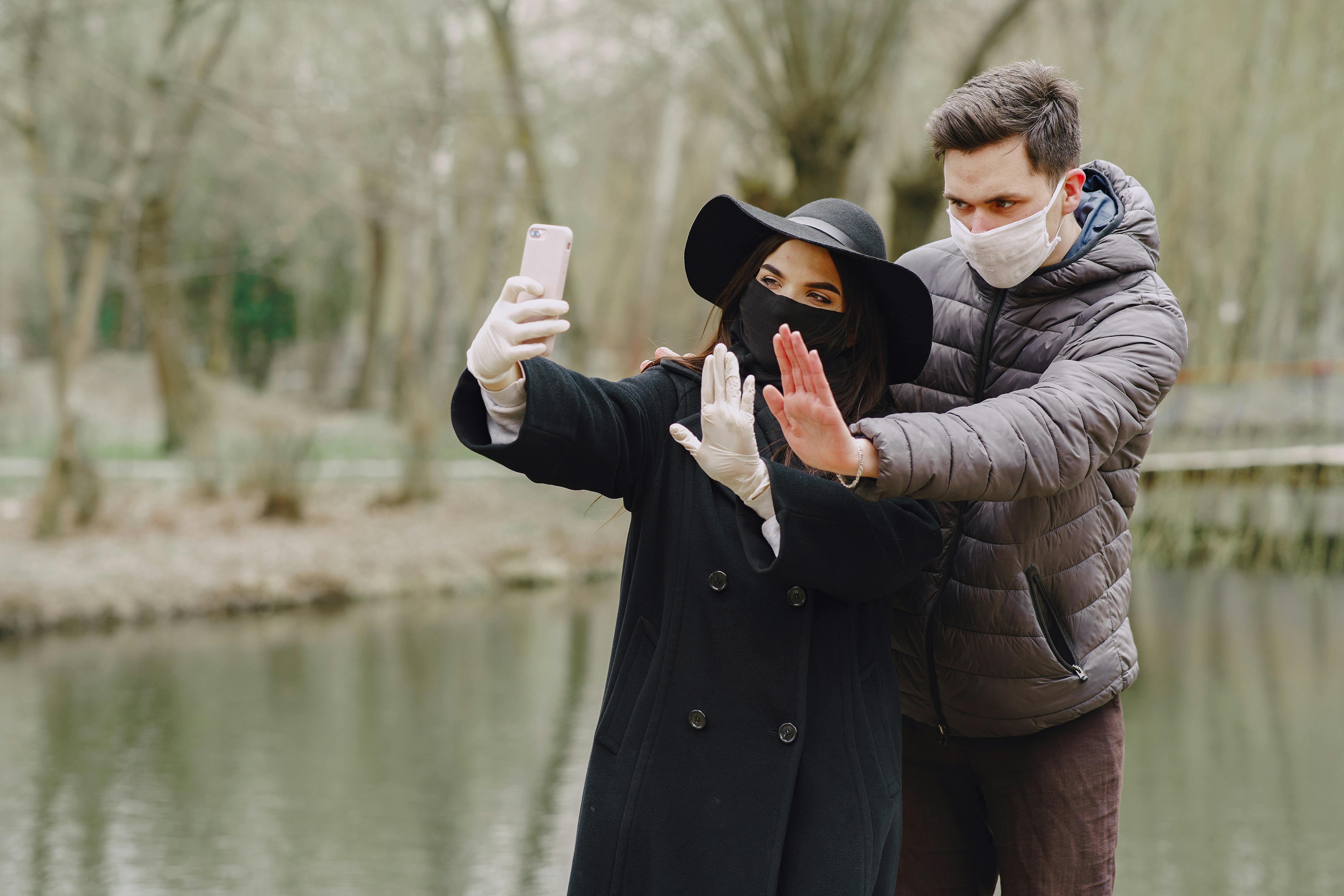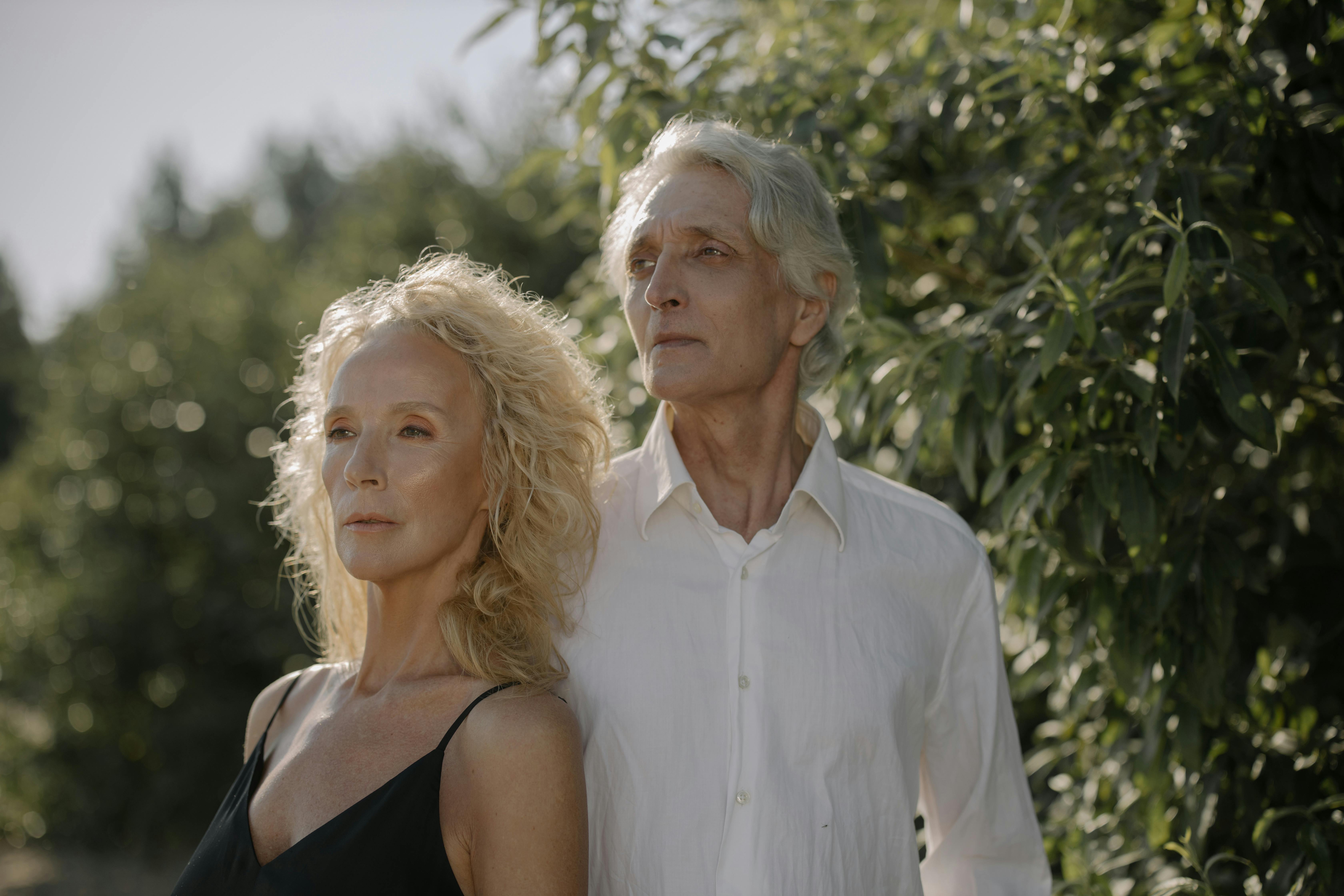Suomalainen sänky (The Finnish Bed), by ethnologist Leena Sammallahti and researcher Marja-Liisa Lehto (SKS 2006), is an illustrated history of Finnish sleeping arrangements, from simple benches along the wall, once common in many farms, even elaborately carved and padded lavish laps of upper-class homes. Sammallahti wanted to put the Finnish bed in the spotlight it deserves and as a result we now have an illustrated history of the Finnish bed. “Since I was a child I have not slept very well, so the bed occupies my mind in this sense,” says Sammallahti.
His recently published book, Suomalainen sänky (“The Finnish Bed”) presents the evolution of Finnish beds from solid sleeping platforms to ornate four-poster beds and models that can also double as sofas and bunk beds. The beds of the Tornio River valley stand out in their magnificence, says Sammallahti. They have elegance and richness, which I have always liked ”.
The seeds of the book were sown in the late 1960s when Professor Niilo Valonen, a legend in Finnish ethnology, used students to photograph the interiors of country houses, creating an illustrated record. Sammallahti was one of those young student assistants at the time. “Once when I took pictures of furniture, a salesman came up who was selling new furniture. He thought I was a competitor. I could hardly believe that someone might be interested in old furniture. At that time it was used as firewood,” recalls Sammallahti. With his book on Finnish beds, Sammallahti feels that he has completed an aspect of a great project that his mentor could not finish in his entire life. Valonen’s intention had been to study the villages, courtyards, buildings, and farm interiors that live in Finland.
Sammallahti lives in Pori in an old semi-detached house originally built for the factory workers. In Helsinki he has his “travel suite”, created from the old sauna building at the back of a traditional 1950s house in Herttoniemi. The furniture in both houses gives an indication of the profession of the person who lives there. “Actually, only the computer is new,” he laughs. “As a schoolgirl, I went to auctions, looking for old objects.” The author’s favorite bed was inherited from her grandmother. It is a model that opens on its side. The wood is carved, showing images of donuts and cookies. However, he usually sleeps on a 1920s pine bed, as it is pleasantly wide.
A bed is where people are born, die, and make love. In medieval times, taking a bride to bed was written in law: a marriage was considered valid only after it could be proven that a couple had spent the night under the same sheets. Memories of Sammallahti’s bed also emerge with intimacy. “I remember how my grandmother’s sister, a midwife, brought me to my side, a girl crying from lack of sleep, under sheepskin blankets. And how my fiance and I shared a Heteka metal frame bed in the warm attic of a summer cabin. “
Sammallahti has been retired for a few years, but is still investigating. “After being relieved of my job duties, I have plunged into the sublime deep waters of an investigator.” The aquatic metaphor is no accident. The author is a descendant of a maritime family with origins in the outer islands of the Gulf of Finland, which Finland lost in the war with the Soviet Union. “When I was a child, they allowed me to sail a ship with incredible freedom. During the holidays, they allowed me to go with my father on a steamboat to the ports of Europe.”
Sammallahti received her doctorate from the University of Helsinki in the early 1980s. After that, she worked on various jobs, including head of the Finnish Maritime Museum and the Satakunta region museum. “I’ve seen the museum sector grow alongside Finnish prosperity. Now it’s sad that funding needs to be cut,” he says. “Museums are the only organizations that store old objects. And with them, we have about values and meanings, spiritual matters.”
One of the Finnish museums where you can see these same beds for yourself is the Lyytikkälä Farm Museum in South Karelia. The history of the Lyytikkälä farm started in 1722 and was opened as a museum in 1989. The old farm has fixed benches built along the walls of the main room (the tupa), while along the back wall there are beds similar to those shown above. . In years past, the owner’s children, peasants, and guests slept here at night (in summer, they slept in the farm sheds).



